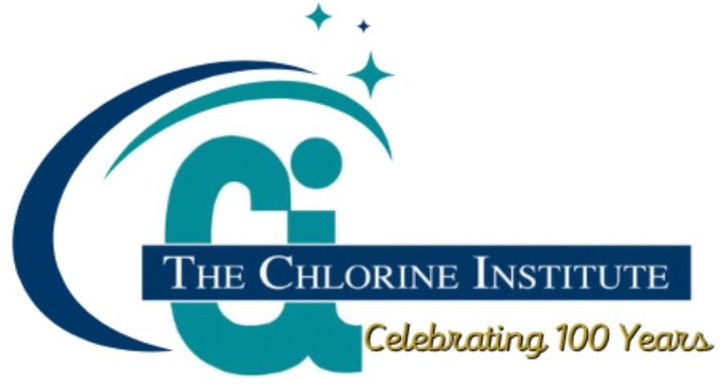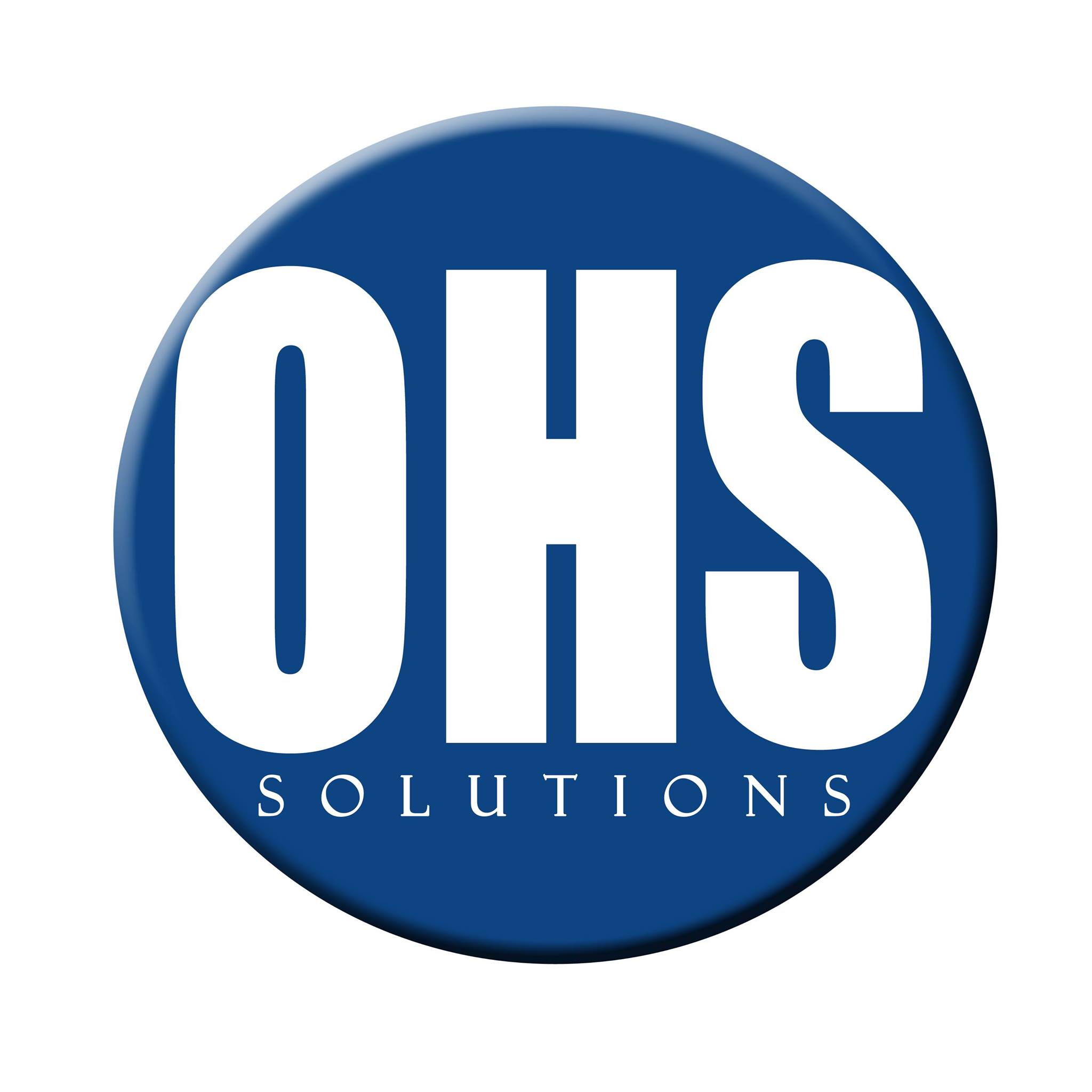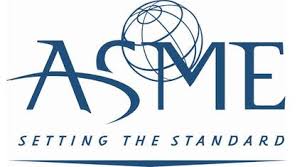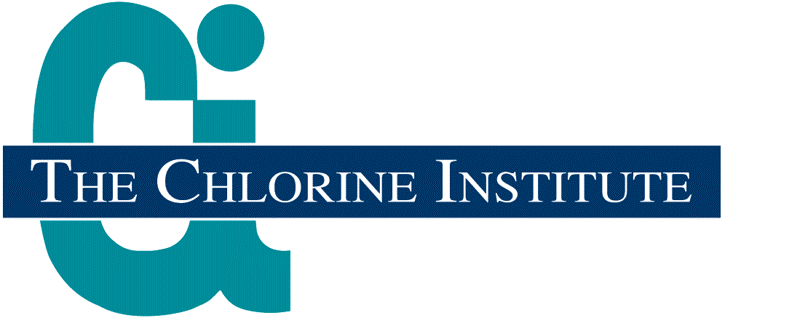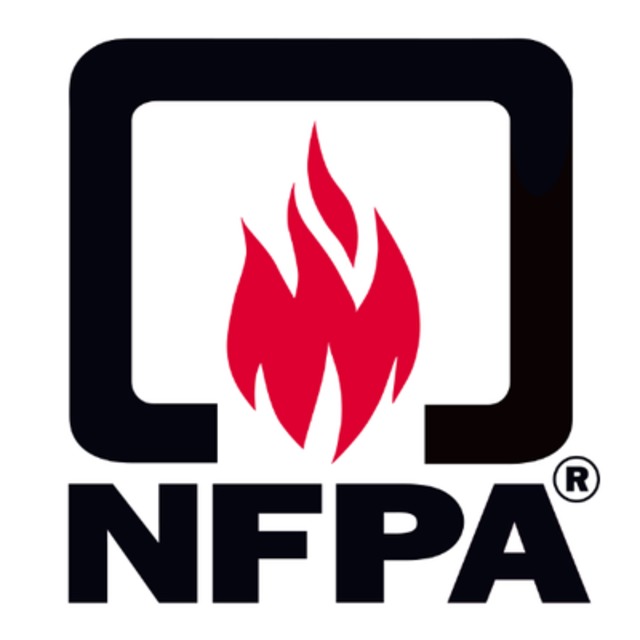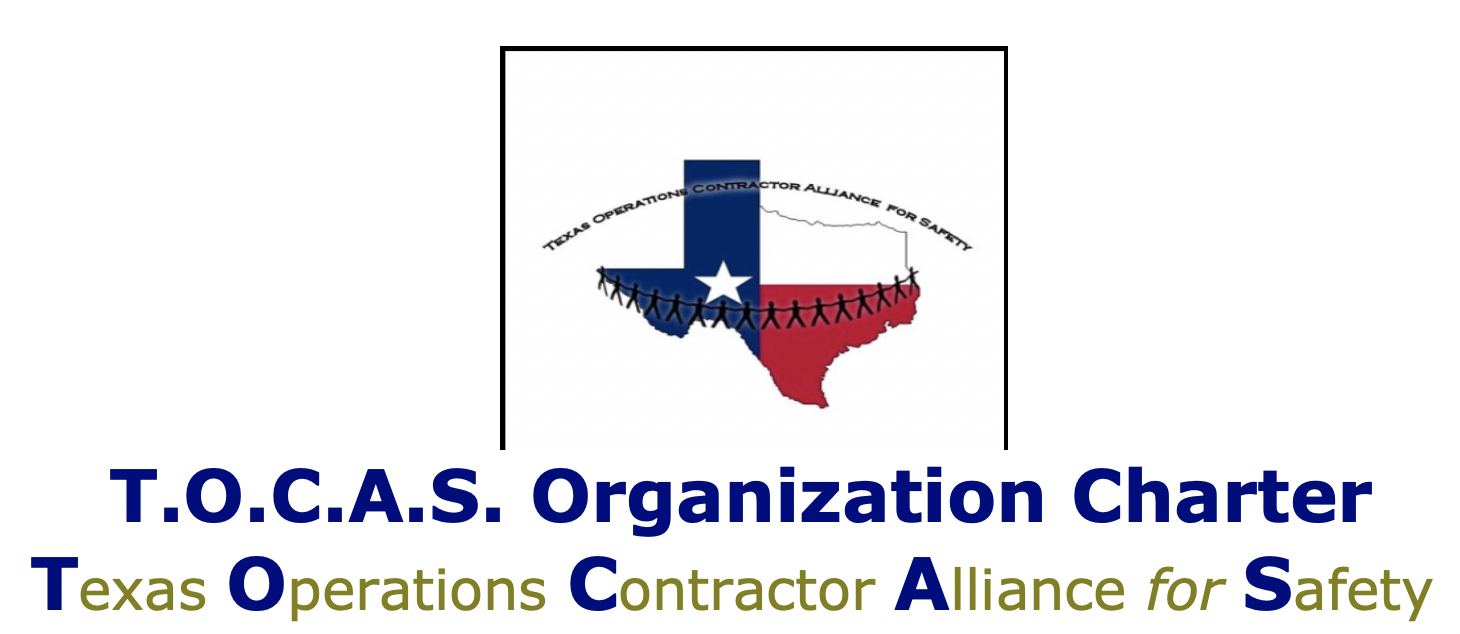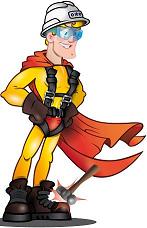Although this advisory circular is for Commercial Human Space Flight, it can be applied to High-Risk activities in an industrial setting, such as process safety matters. The single most significant gap I see in past PHAs is the Human Factor(s) analyses. In some cases, I cannot even recognize the methodology used in the PHA. In the year 2024, it is about time we begin to take the HF analysis and the Facility Siting analysis as crucial parts of a PHA rather than a check-the-box compliance exercise.
This advisory circular (AC) provides guidance and an acceptable method, but not the only method, that may be used to account for human factors when crew must perform
safety critical roles in accordance with Title 14 of the Code of Federal Regulations (14 CFR) § 460.15. Safety critical roles refer to crew being able to safely carry out their duties so that the vehicle will not harm the public.
Section 460.15 requires an operator to take the precautions necessary to account for human factors that can affect a crew’s ability to perform safety critical roles, including in the following safety critical areas:
- Design and layout of displays and controls;
- Mission planning, which includes analyzing tasks and allocating functions between humans and equipment;
- Restraint or stowage of all individuals and objects in a vehicle; and
- Vehicle operation so that the vehicle will be operated in a manner that the flight crew can withstand any physical stress factors, such as acceleration, vibration, and noise.
I like their definition of "Human Error."
An action by a human that is not intended or desired, or a failure by a human to perform an action within specified limits of accuracy, sequence, or time that fails to produce the expected result, which leads or may lead to an unwanted consequence.
There are a lot of HF learning opportunities in this advisory. CLICK HERE
